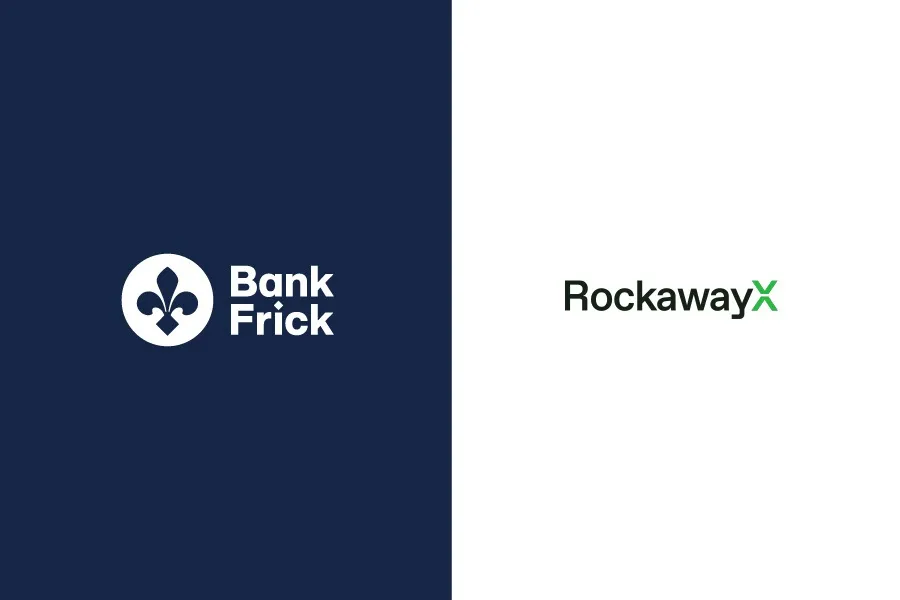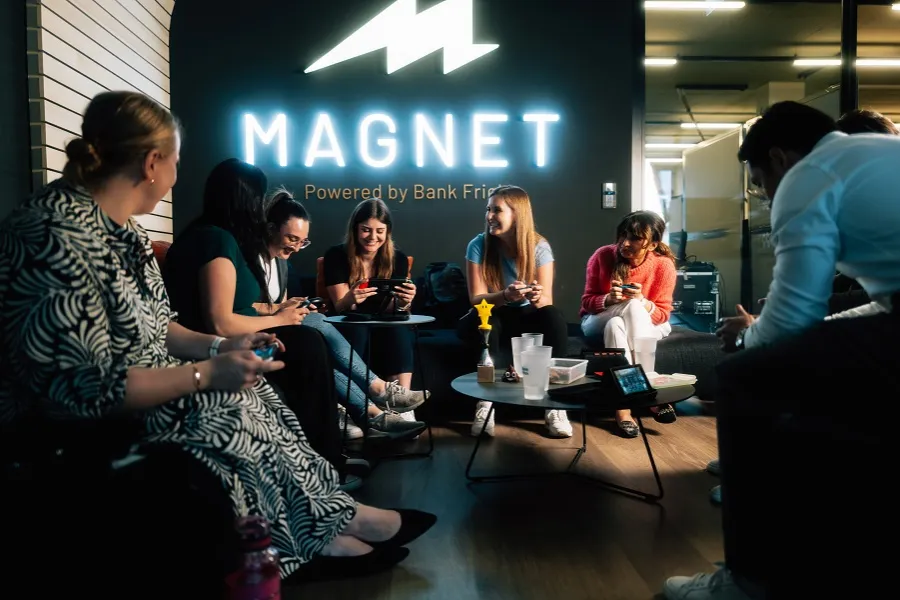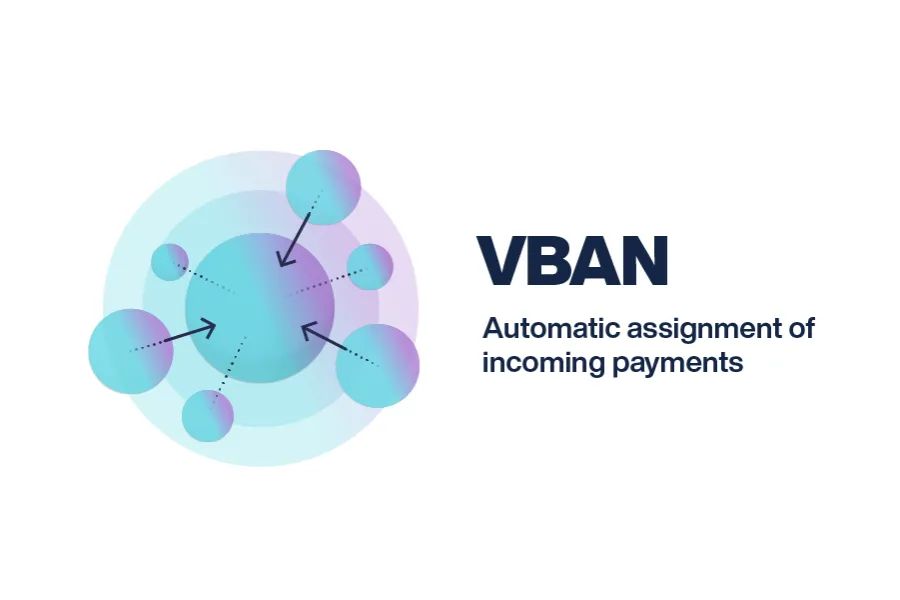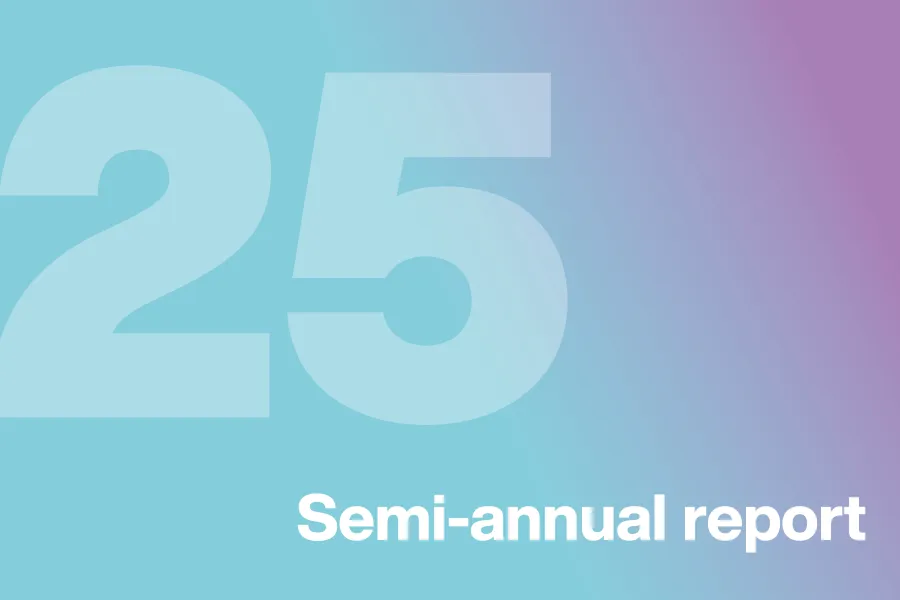Ethereum 2.0: A bumpy road worth travelling
This week, our blockchain experts assessed the following topics:
- Ethereum 2.0: A bumpy road worth travelling
- What’s the state of crypto regulation at the end of 2021?
- CBDCs: A way for countries to protect against digital dollarisation?
- The crypto industry’s hottest take for 2022
- Market Update: Late Santa Claus rally in sight for crypto?
Our bi-weekly Crypto Industry Report provides you with valuable information on the global crypto industry – picked and analysed by our blockchain experts.
Ethereum 2.0: A bumpy road worth travelling
Ethereum’s transition to Ethereum 2.0 is arguably still one of the most expected events in all of crypto. Just recently though, these expectations got a minor blow with the implementation of a network upgrade called Arrow Glacier. This upgrade went live around the 9th of December and pushed back the difficulty bomb by several months.
The difficulty bomb is a planned mechanism to exponentially increase Ethereum’s Proof-of-Work (Pow) difficulty making it intensely more difficult to mine ether. This mechanism should come into play, once Ethereum is ready to abandon its PoW-mining algorithm and move on to Proof-of-Stake (PoS). And the activation of the difficulty bomb is bound to motivate this transition.
Now that the difficulty bomb has been put off, some people interpret this as yet another delay of Ethereum 2.0 speculating that developers need some more time to figure out all the technicalities and this is why they delayed the difficulty bomb.
In an act of confidence, Tim Beiko, one of the core developers behind Ethereum 2.0, noted that this latest hard fork to delay the difficulty bomb might just be the last upgrade before Ethereum 2.0 goes live next year. After all, the target for its launch is still expected to be around June 2022. Rather encouraging in this regard is the fact that the first testnet for the merge and with it the transition to Ethereum 2.0 is already live. Additionally, with Coinbase, one of the most popular cryptocurrency exchanges has already added a ETH2 to its crypto price index. This goes to show that players with a significant stake in the industry are quite confidence that Ethereum 2.0’s launch schedule might be on time.
What’s the state of crypto regulation at the end of 2021?
The crypto industry has been craving for proper regulation, particularly coming from the most influential regulatory agency that of the US. But so far, all the craving has been to no real avail. Here and there, statements regarding the regulatory side of crypto have been made. But to this day, a coherent and definite framework from any of the various regulatory bodies in the US is missing.
The crypto industry was hoping that with Gary Gensler taking over as the chairman of the Securities and Exchange Commission (SEC) things would change to the better – after all, Gensler even took a course on blockchain and Bitcoin at MIT. But so far, the new chairman has not delivered as expected. While having accepted a Bitcoin Futures ETF, the decisions on the more important Bitcoin spot ETF keep on getting pushed off with the next decision day expected to be in early February 2022.
As has become clear: investor protection is near and dear to Gensler’s heart. In his eyes it is not just the tokens themselves that regulators should be looking after—but the platforms on which they’re traded and borrowed. Nevertheless, the SEC has not rolled out any clear guidelines for what constitutes a security. It seems like that the regulatory body is still trying to work out legislation that will grant a single federal regulator broad authority over crypto.
So, while, the US is still fishing in muddy waters when it comes to properly regulating the crypto industry, other parts of the world seem to be making great strides. Smaller jurisdictions like Switzerland, Malta or the Bahamas already have favourable regulation in place, the EU is currently assessing comments it received to come up with a regulatory framework for crypto assets.
CBDCs: A way for countries to protect against digital dollarisation?
The year of 2021 has certainly also been the year of stablecoin growth, particularly that of the US stablecoins. The market capitalisation of all dollar stablecoins has increased to over $130 billion. While this tremendous growth has some of the US regulatory bodies concerned, others have argued for quite a while that the US has much to gain from the surge of crypto dollars.
It is a fact that digital dollar-backed stablecoins create an additional demand for dollars, strengthening the greenback’s global position. Also, further crypto-dollarisation could pose a severe challenge for more and more traditional currencies, especially when they get subbed for digital dollars in an increasingly digital economy.
As the Bank of Canada argues in a recently published paper on the potential role of central bank digital currency, it is exactly this role a properly orchestrated CBDC could play: Serve as an upgrade to different currencies of nations all around the world, so these national currencies can stay relevant and prevent or minimise the risk falling prey to the ongoing digital dollarization.
After all, CBDCs are an instrument to possibly preserve monetary sovereignty as a government. As the paper from the Bank of Canada concludes, CBDCs will most likely be a useful defence mechanism for countries that already have strong monetary systems. Slightly less optimistic the central bankers of Canada seem to be when it comes to countries that have deeper macroeconomic and financial issues. In these cases, as they argue, CBDC issuance is unlikely to prevent currency substitution.
The crypto industry’s hottest take for 2022
What might possible define the coming crypto year of 2022? Given the staggering innovation, it is simply impossible to tell. What has already started in the second half of this year and will most likely continue to amaze in 2022 is the field of gaming and the emergent metaverse. As not just one more of these buzzwords, the GameFi movement is bringing the financialization of real-world games. The ongoing digitization of assets on the blockchain will bring the general gaming experience into a whole new era.
A central part in all of this is played by NFTs and this new world keeps on surprising. Earlier this month, Nike acquired a company that has been creating NFTs of virtual sneakers. Following this move, Nike’s competitor Adidas announced an NFT collection produced in collaboration with the infamous Bored Ape Yacht Club, the originator behind on the most famous NFTs living on the Ethereum blockchain. With such prominent support, it’s not unlikely to possibly see use cases materialise around NFT in the movies, marvels or cartoons sector next year. Apart from serving as new financing mechanisms, NFTs will also increasingly be used for rather mundane tasks like securing all kinds of records as more information and data is stored in virtual formats by both individual and institutions.
A pressing question is that of the metaverse and what fundamental fabric it will have to be made of. One described goal of the crypto-instilled metaverse people is to build open and public metaverses instead of letting Facebook owning the entire metaverse experience through Meta. This is also why several metaverse games are currently building on Web3 infrastructure.
It is without a doubt that the community aspect will have to be put in the centre of it all. This is why Gamer DAOs will have a huge part to play in 2022, facilitating the coordination around games when it comes to fundraising, building, playing and cultivating new blockchain-based games. This might also help soothe the gamers’ current scepticism towards the whole NFT-ization.
Market Update: Late Santa Claus rally in sight for crypto?
In the last few days Bitcoin was rangebound in a descending triangle. This is a technical trader’s way of saying that Bitcoin’s price movement has been appearing rather bearish, slowly oscillating down towards its lower support line. Once the bottom of the triangle is reached and support is breached, the Bitcoin price could then take a strong move to the downside.
As some traders have indicated, this lower support line of Bitcoin’s current descending triangle is around $46k. Breaking this line could take Bitcoin down to the $40k to $42k range. With Bitcoin showing a bullish divergence and early signs of outperforming stocks in the short time though, some speculate that Bitcoin could be headed to test the psychological price level at around $50k once again. Others are convinced that, while Bitcoin’s price could push up, the real battle will be at $53k. Only if this price is successfully reclaimed, can a late Santa Claus rally become a reality.
Ether seems to be in a similar situation as Bitcoin when it comes to a short-term price outlook. The recent outperformer is Luna, the coin of the Terra blockchain. Only recently, Luna reached a new all-time high at around $85 and is only second behind Ethereum in terms of total value locked in its DeFi protocols, having surpassed Binance Smart Chain.
With Luna running to the forefront, some stated that the real flippining that has happened this year is that of Solana, Avalanche and Luna (zoomer coins) outcompeting Polkadot, Cardano and Tron (dino coins) with regards to growth in market capitalisation. The question is: Will this last in 2022? With regards to Polkadot, we have just witnessed the launch of its first parachains with more serious projects like the blockchain interoperability protocol Icon making moves to apply for upcoming parachains slots.
Share post

Related Posts

Bank Frick receives licence and opens branch in Dubai
Bank Frick has received its requested licence from the Dubai Financial Services Authority (DFSA) for a branch in Dubai. This strengthens its position as a product leader and enables it to tap into the strong growth potential of this financial centre.

Opening and trading hours over the holidays and 2026
Bank Frick will be closed over the holidays from Wednesday, 24 December 2025, through Friday, 26 December 2025. The following week, Bank Frick will be closed from Wednesday, 31 December 2025, through Sunday, 4 January 2026. Payment orders to be considered for the year 2025 must be submitted to the Bank by 12 p.m. Tuesday, 30 December 2025, for CHF, USD, EUR, and GBP. For special currencies, the deadline is 23 December.

RockawayX’s Flagship Credit Fund Surpasses 100 Million US Dollars
Bank Frick celebrates a milestone with its partner RockawayX: their flagship credit fund product, domiciled in Liechtenstein, has surpassed 100 million US dollars in assets under management.

Future Career Day between the vault, trading and crypto
Yesterday, 20 school pupils spent Future Career Day at Bank Frick. While precious metals can still be found in the vault, the peek behind the scenes of banking in 2025 reveals how safe-busters are becoming crypto-crackers.

Bank Frick is playing in the Champions League with its offering for its employees
In Space 4U, Bank Frick has created a place where employees can come together across departments, try out new things and inspire one another. Be it exercise, creativity or shared experiences: the offering is diverse and actively shaped by employees. A multifunctional room offers contemporary training facilities and space for creative exchange. Experts agree: this makes Bank Frick a pioneer throughout Switzerland and Liechtenstein.

Bank Frick extends its sponsorship of the LieMudRun by five years
Almost all tickets for this year’s LieMudRun were already sold out. Due to the continued high demand and great popularity of the obstacle run, Bank Frick is extending its sponsorship for another five years.

Bank Frick wins two Gold Dolphins in Cannes
Bank Frick bags two awards at the Cannes Corporate Media & TV Awards 2025 with its “Doing things differently” corporate film.

Bank Frick simplifies payments with VBAN service
Bank Frick is launching a virtual IBAN service that enables the automated allocation of payments: virtual IBANs (vIBANs) clearly link end clients with incoming payments. This offers several advantages, especially for companies with a digital focus.

Bank Frick generates net profit of 4.5 million francs
Bank Frick generated a net profit of 4.5 million francs in the first half of 2025. It is thus achieving its budget targets and generating stable income in a difficult market environment. This performance confirms that the Bank is on the right track: Bank Frick is still forecasting an annual profit of 9 million francs.

How blockchain is changing humanitarian aid
Transferring money to smartphones, making donations with cryptocurrencies and tracking aid supplies in real time. How humanitarian aid reaches those in need is changing fundamentally. Behind it all is blockchain technology, generating progress by reducing administrative costs and increasing transparency.